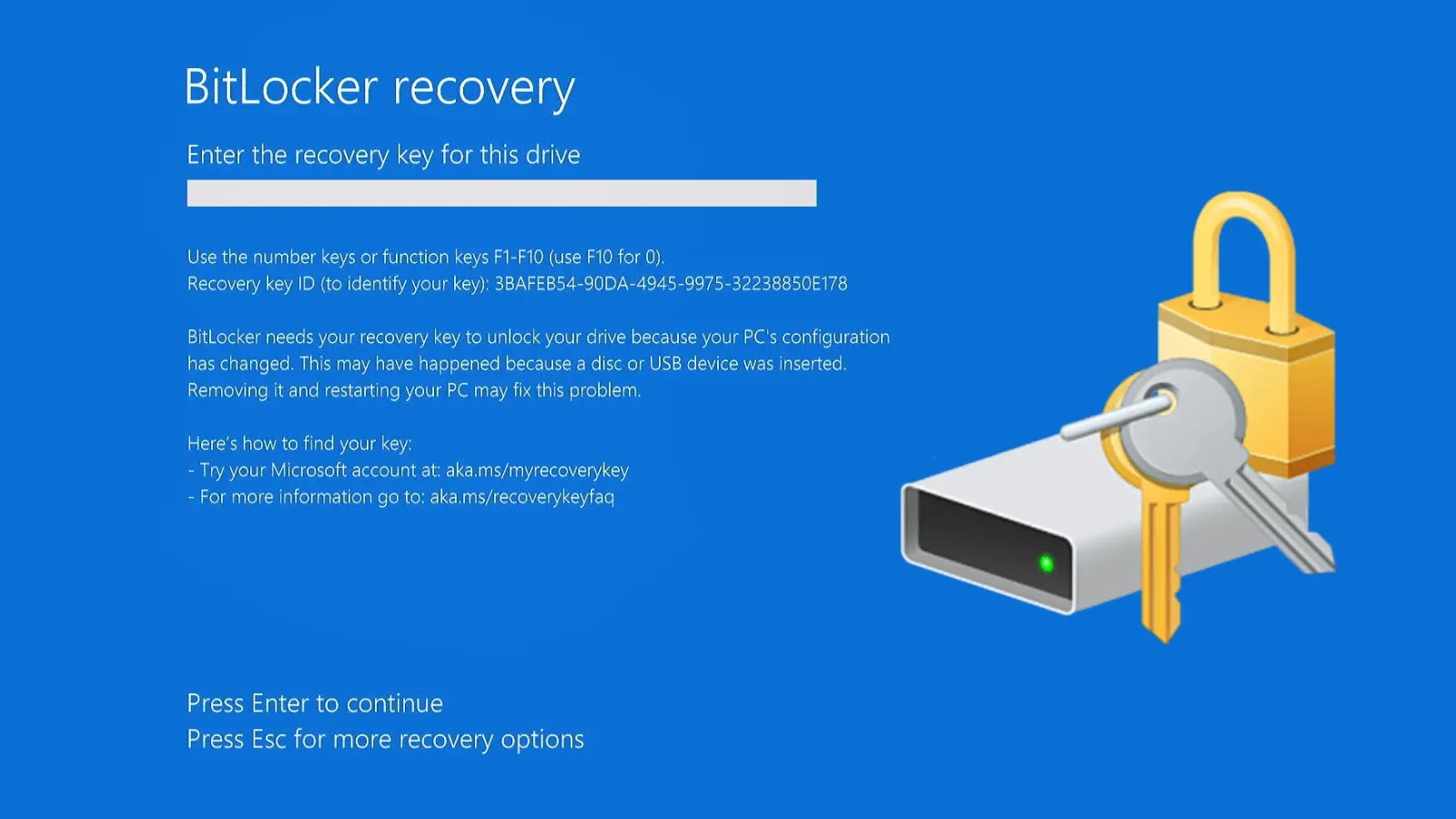In a concerning development, cybersecurity experts have identified a sophisticated malware campaign orchestrated by North Korean state-sponsored hackers, specifically targeting Web3 and cryptocurrency enterprises. This campaign employs malware written in the Nim programming language, marking a significant evolution in the tactics of these threat actors.
Innovative Attack Techniques
The attackers initiate their operations through meticulous social engineering. They impersonate trusted contacts on messaging platforms like Telegram, persuading victims to schedule meetings via Calendly. Subsequently, victims receive emails containing seemingly legitimate Zoom meeting links accompanied by instructions to execute a Zoom SDK update script. This script, however, is a cleverly disguised AppleScript that, upon execution, redirects the user to a genuine Zoom page while covertly downloading a secondary malicious script from a server controlled by the attackers.
This secondary script unpacks ZIP archives containing binaries designed to establish persistence on the infected system and deploy information-stealing bash scripts. A notable component of this malware suite is a C++ loader named InjectWithDyldArm64, which decrypts embedded binaries and injects them into suspended processes, resuming their execution to maintain stealth.
Advanced Persistence and Data Exfiltration
The malware exhibits advanced persistence mechanisms. It installs custom handlers for system signals (SIGINT and SIGTERM), ensuring that any attempt by the user to terminate the malware results in its reinstallation. Additionally, the malware employs AppleScript to beacon out every 30 seconds to command-and-control servers, transmitting snapshots of running processes and executing further commands as directed by the attackers.
Data exfiltration capabilities are extensive, targeting credentials from web browsers such as Arc, Brave, Google Chrome, Microsoft Edge, and Mozilla Firefox. The malware also extracts data from the Telegram application, posing a significant risk to user privacy and security.
Broader Implications and Historical Context
This campaign underscores a broader strategy by North Korean cyber actors to infiltrate and exploit the cryptocurrency sector. Historically, groups like the Lazarus Group have been implicated in major cyber heists, including the theft of $620 million from the Ronin Network in March 2022 and the $100 million stolen from Harmony’s Horizon bridge in June 2022. These operations are believed to fund North Korea’s nuclear weapons program, highlighting the geopolitical ramifications of such cyber activities.
The use of Nim-based malware represents a strategic shift, as Nim’s relative obscurity complicates detection and analysis. This evolution indicates a continuous adaptation by North Korean threat actors to circumvent existing security measures and exploit emerging technologies.
Recommendations for Mitigation
Organizations operating within the Web3 and cryptocurrency domains are advised to implement robust security protocols, including:
– Employee Training: Educate staff on recognizing social engineering tactics and the importance of verifying communication sources.
– Software Verification: Ensure that all software updates are obtained directly from official sources and verify their authenticity before execution.
– Endpoint Security: Deploy advanced endpoint detection and response solutions capable of identifying and mitigating unconventional malware strains.
– Network Monitoring: Continuously monitor network traffic for unusual patterns indicative of command-and-control communications.
By adopting these measures, organizations can enhance their resilience against sophisticated cyber threats and protect sensitive assets from malicious actors.



